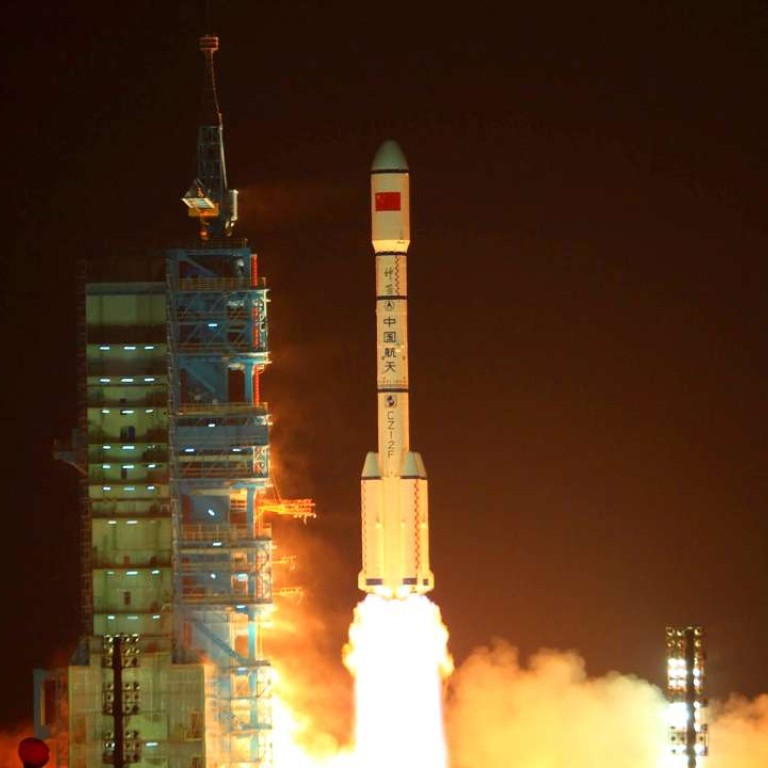
China to launch ‘core module’ for first space station around 2018
Move is part of the nation’s ambitious plan to have a permanent manned space station in service by about 2022
China will launch a “core module” for its first space station some time around 2018 – part of the country’s plan to have a permanent manned space station in service around 2022.
Advancing China’s space programme is a priority for Beijing, with President Xi Jinping calling for the country to establish itself as a space power.
The “core module” would be called the “Tianhe-1” – the Chinese word for galaxy, or Milky Way, Wang Zhongyang, spokesman for the China Aerospace Science and Technology Corp, told Xinhua news agency.
“Two space labs will be launched later and dock with the core module, Tianhe-1,” Wang said.
“The construction of the space station is expected to finish in 2022.”

China has insisted that its space programme is for peaceful purposes.
However, the US Defence Department has highlighted China’s increasing space capabilities, saying that Beijing was pursuing activities aimed at preventing its adversaries from using space-based assets during a crisis.
In a manned space mission in 2013, three Chinese astronauts spent 15 days in orbit and docked with an experimental space laboratory, the Tiangong (Heavenly Palace) 1.

